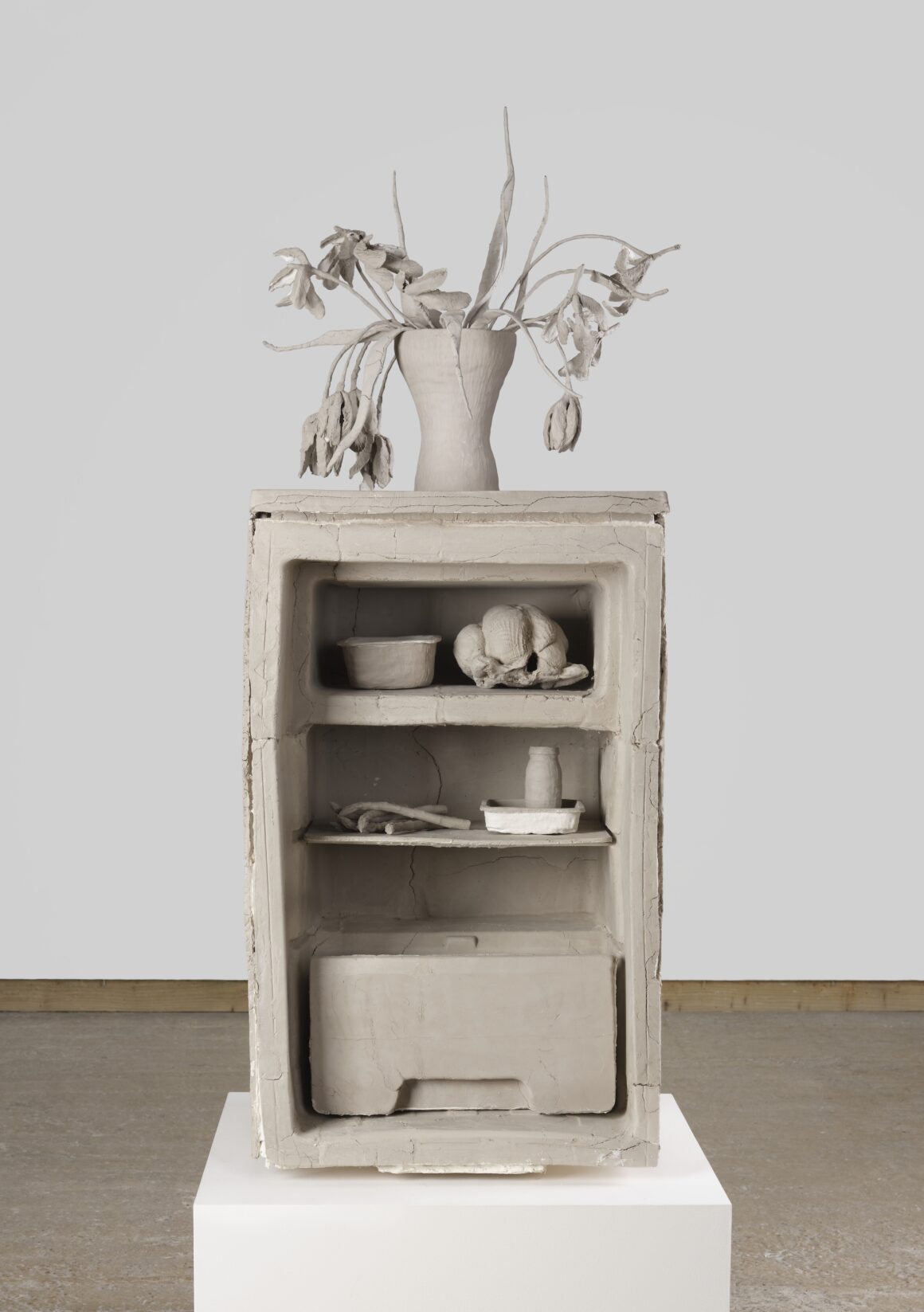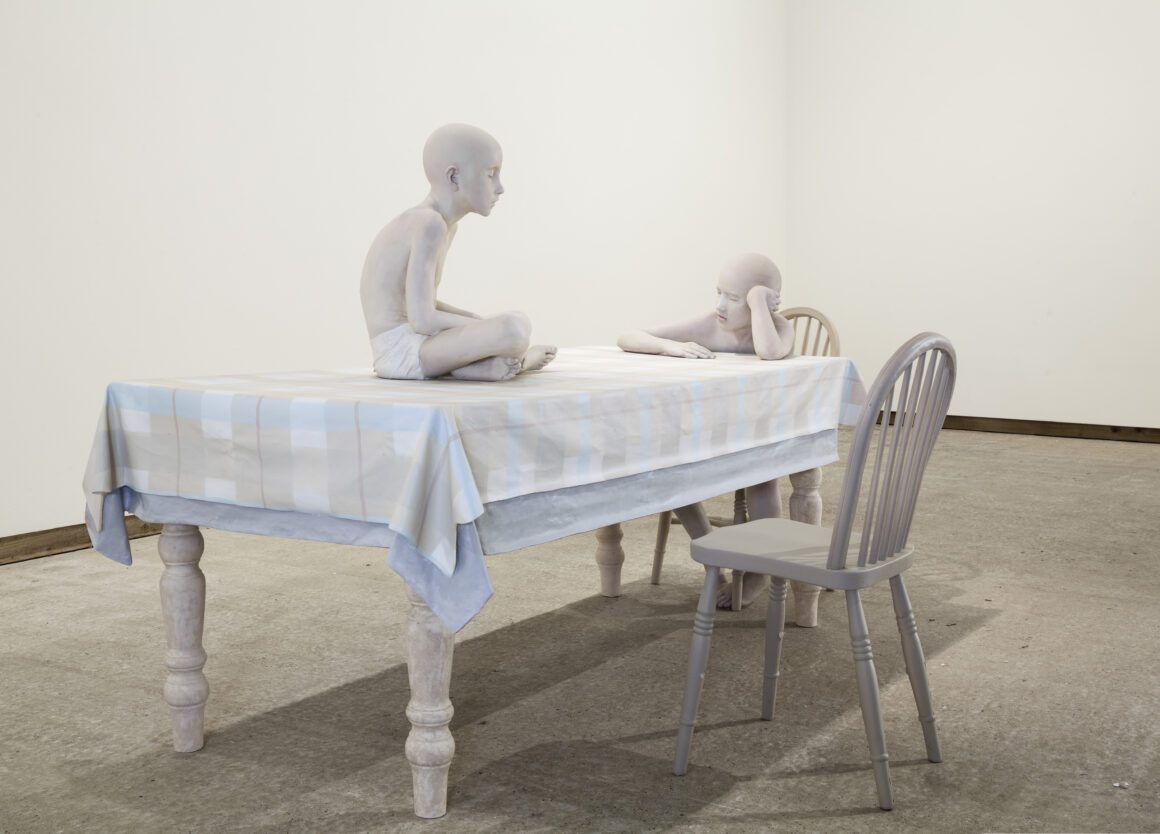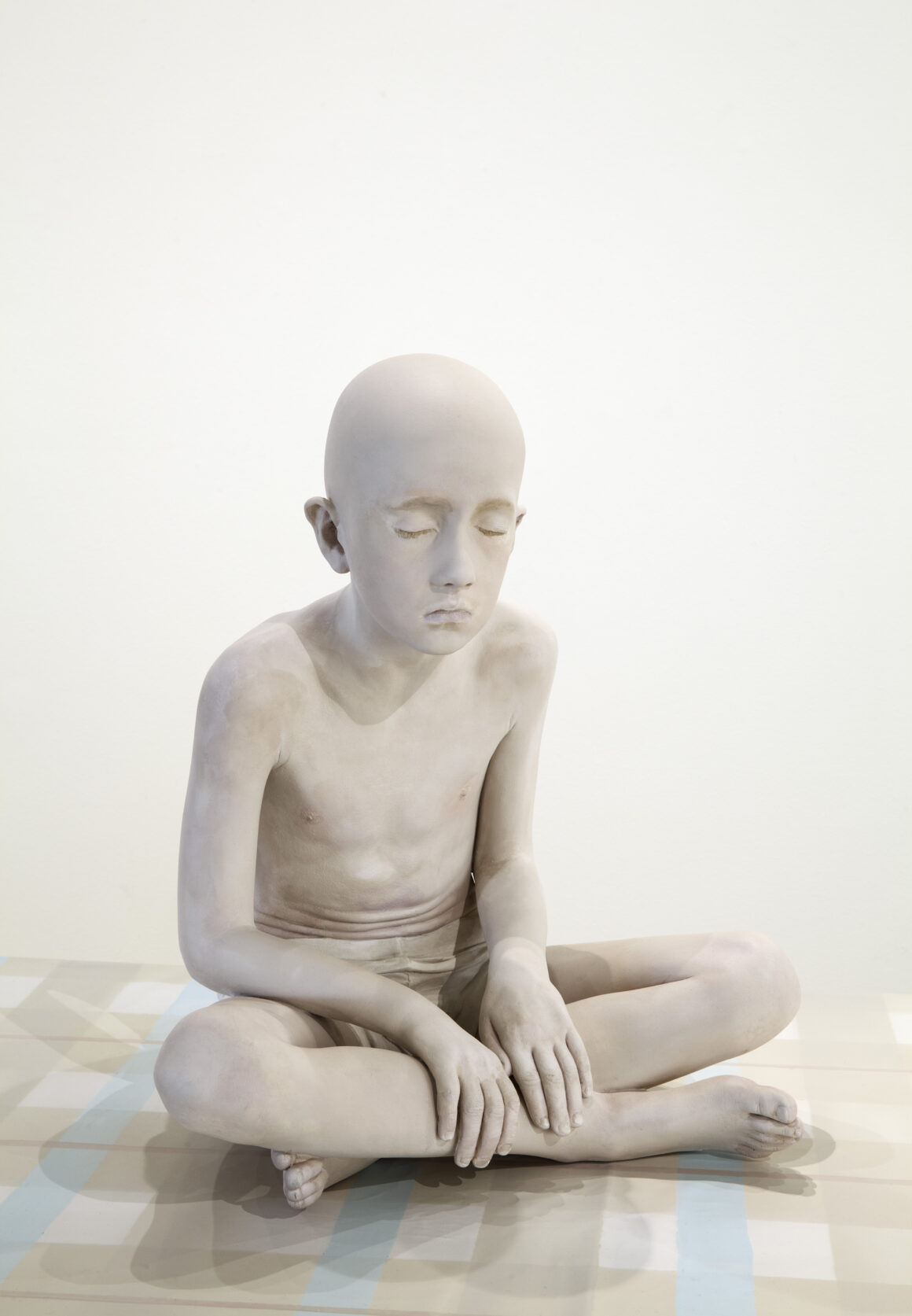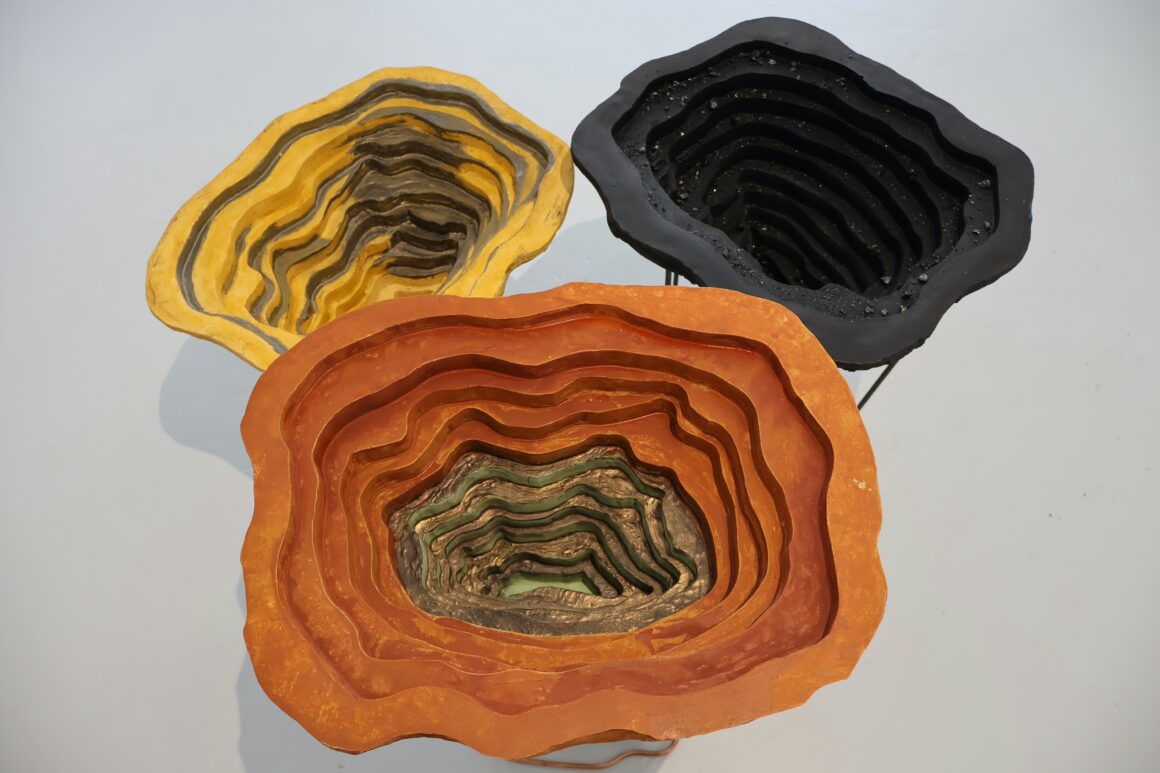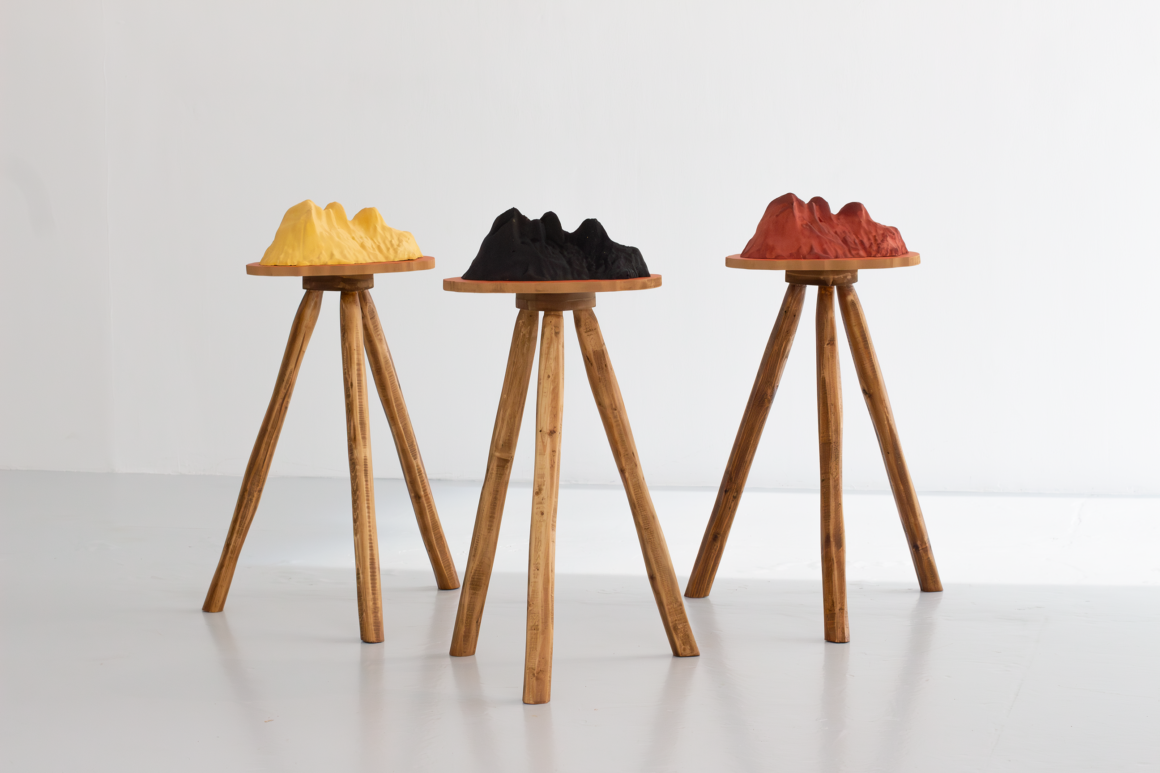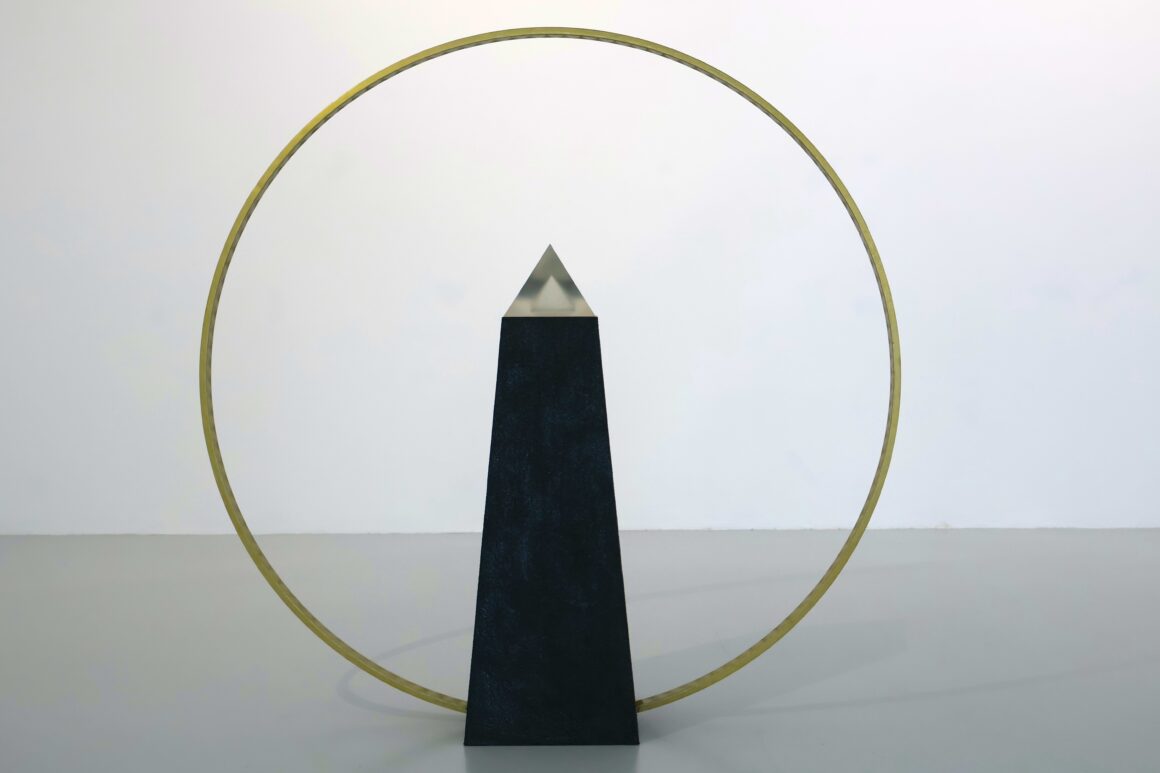Member Profile | État Sauvage
TOM CLIMENT OUTLINES THE EVOLUTION OF HIS PAINTING PRACTICE AND HIS RECENT EXHIBITION AT CCI PARIS.
After I left secondary school in 1987, I studied engineering for a few years. At the same time, I was doing night classes in painting at Crawford College of Art and Design with the late Jo Allen, who encouraged me greatly. I later studied at Crawford full-time and qualified with a Fine Art degree in 1995. I’ve been working as an artist since then, later returning to college and completing a Masters by Research in 2011.
Ten years ago, Solomon Fine Art in Dublin took me on as one of their artists. I’ve since had regular solo exhibitions, the most recent being ‘Pilgrim’ in May 2024. Exhibiting with Solomon has been a huge support to my practice, which has given me the sense of a commercial outlet for my work. As an artist, I probably started out making work for myself, but it’s important that it also goes out into the world and reaches people.
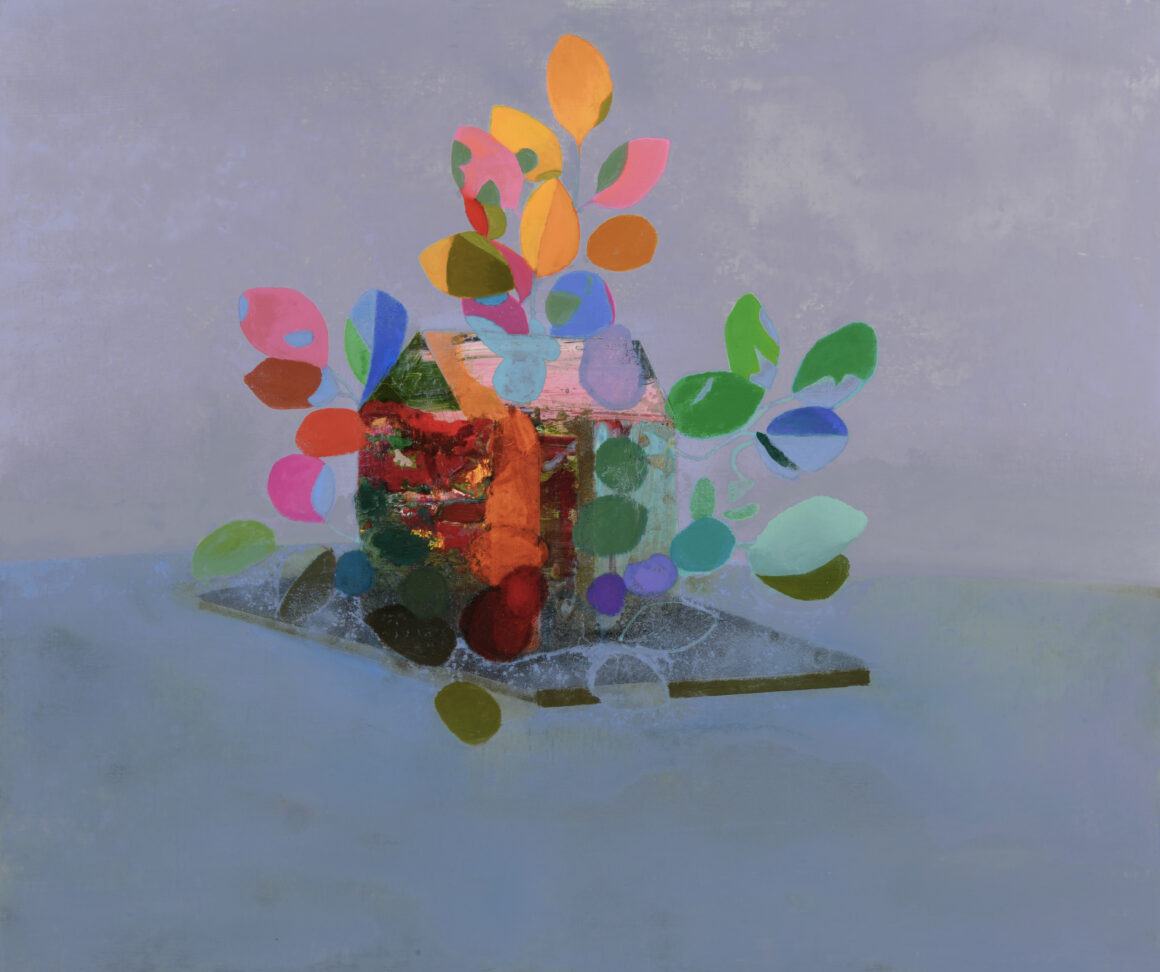
My recent exhibition at the Centre Culturel Irlandais in Paris, called ‘Wilding/État Sauvage’ (1 February – 13 April), presented a selection of paintings made over the last few years. A new book, published by Gandon Editions, was launched at the exhibition opening, with subsequent launches in Solomon Fine Art and Lavit Gallery, Cork. The 120-page hardback monograph documents my work over the last decade or so. It contains 128 illustrations and an essay by Cristín Leach, with additional texts by Mark Ewart, Carissa Farrell, Mary McCarthy, and Michael Waldron (gandoneditions.com).
For me, painting is trying to find a balance between being unselfconscious, allowing the work to be formed, and also making critical judgements. It’s a process of making the work and then reflecting on why I feel certain paintings are more successful than others. These paintings then become almost like signposts in the road ahead – reference points for the work as it progresses.
I tend to work in isolation; I don’t share a studio space, and, over the years, the work has become quite internal in nature. When I start on a new series, it’s quite a natural undertaking, and it comes to an end quite naturally too, when I feel I shouldn’t make any more of them. I don’t draw or sketch. I start each piece with a rough, almost hazy, image in my head. I want the work to reveal itself to me; through painting, things become clearer. Over time, the work takes on a life of its own and moves forward under its own weight.

What has always fascinated me about painting is the ability to make a flat, two-dimensional surface seem three-dimensional. This idea of creating space has been the cornerstone of my practice. From the early gestural paintings to my more structured work of the present, creating space that the viewer can enter is an enduring interest. The abstract structures and shapes in the paintings are mechanisms that invite the viewer to a threshold. The paintings merge references to architecture and landscape to generate contemplations on shelter, ritual and hopefulness.
The surfaces of the paintings are also quite important to the experience of the work. When I start a piece, I first paint the whole surface one colour; as in music, this becomes the keynote of the painting. I use plaster and sand, building up the surfaces. I try to allow the history of the painting to be visible in the finished works; I want it to tell a story.
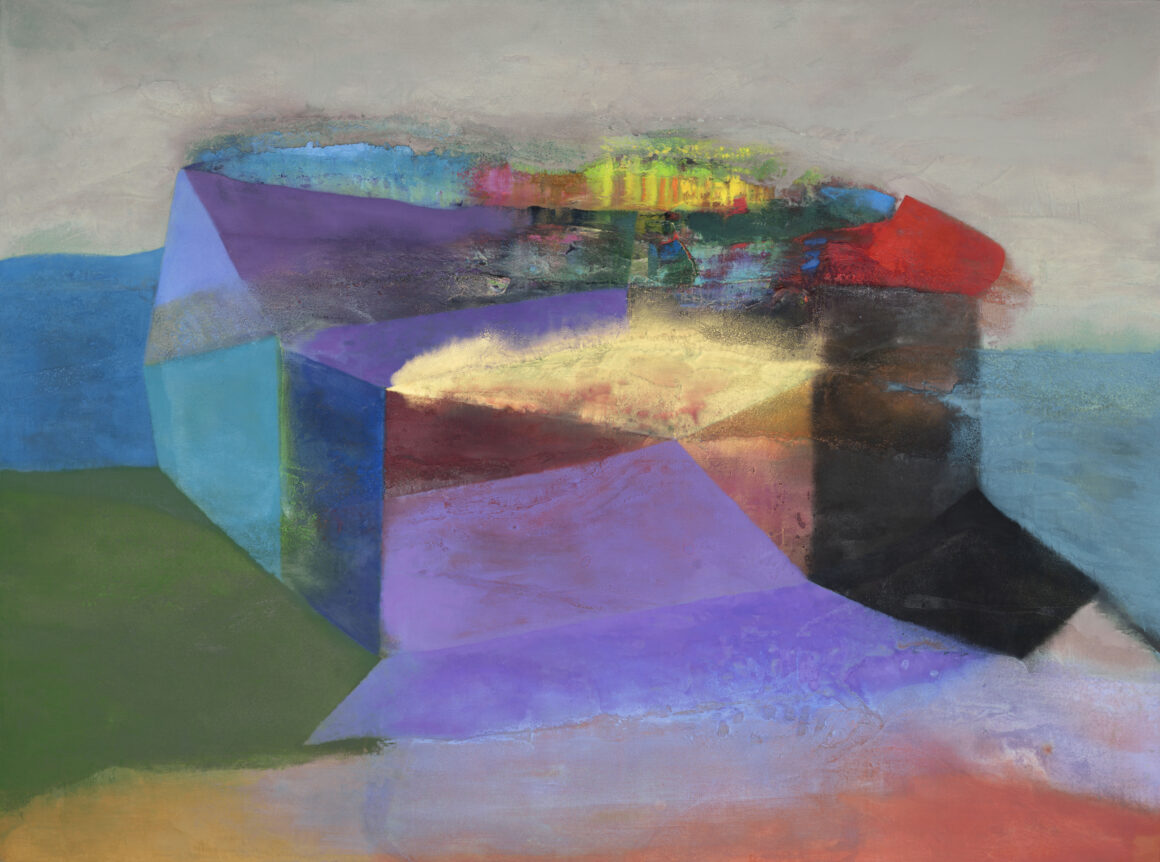
With my work over the last ten years or so, I’ve been using abstract geometric shapes and structures, almost like grids, to provide a foundation for the paint. I then start to shape them into something more recognisable; I don’t think the work I do is wholly abstract. I want there to be some way into them – some element or narrative that the viewer can relate to. I think all the work I’ve done has existed on this border between abstraction and representation.
My most recent work, which was exhibited in CCI Paris, has more natural forms in reaction to the more hard-edged geometric shapes I had previously been using. Flowers, plants and trees are all suggested in this new series. Some are quite recognisable, while others are imbued within landscape to become abstracted shapes and natural forms.
I’m currently developing a new series of paintings for my next exhibition at Solomon Fine Art in 2026. I don’t plan or think too much at this stage; I just allow the work to be made. As the exhibition gets closer, I’ll see what I have in the studio and start selecting work that has some overall connection and narrative.
Tom Climent is a painter based in Cork City.
